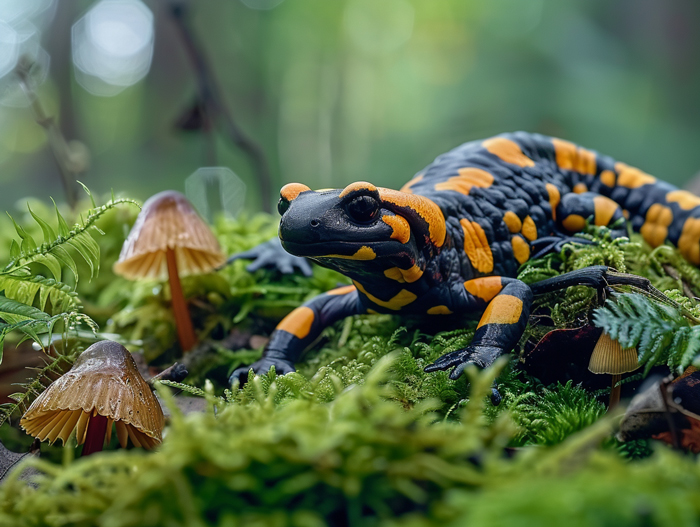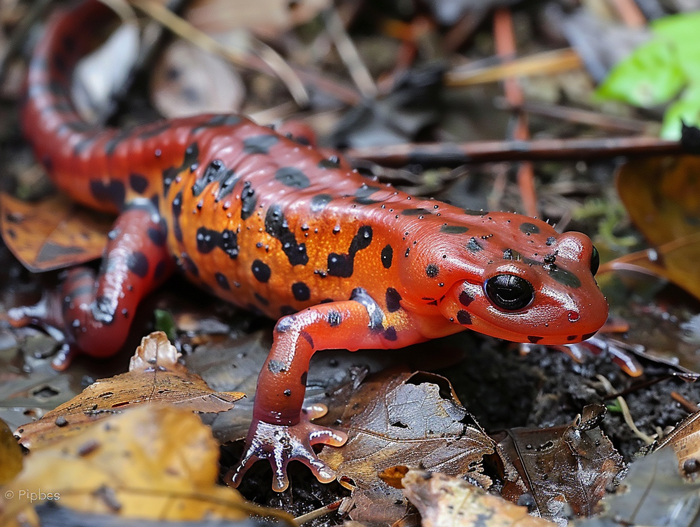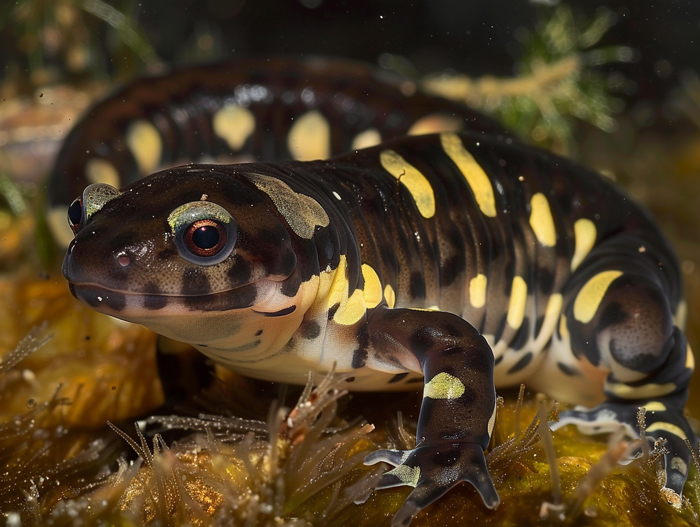Are you curious about whether salamanders feast on mealworms? Salamanders are fascinating creatures known for their diverse diets, but do they have a taste for mealworms in particular? In this text, we’ll investigate into the dietary habits of salamanders and explore whether these amphibians include mealworms in their menu. Stay tuned to uncover the truth about salamanders and their appetite for mealworms.
Key Takeaways
- Salamanders are carnivorous amphibians with a natural diet that includes insects, worms, small fish, and crustaceans.
- Mealworms are a suitable food choice for salamanders as they provide essential protein, fat, and fiber.
- Feeding habits of salamanders involve stealth, quick movements, and a keen sense of smell to catch their prey.
- Balancing a salamander’s diet with mealworms can contribute to its overall health and well-being.
Overview of Salamanders

Introduction to Salamanders
Salamanders, fascinating amphibians, belong to the order Caudata, encompassing diverse species found in various habitats.
Key terms:
- Caudata: The order to which salamanders belong, characterized by their long bodies and tails.
- There are over 700 Salamander Species worldwide, each adapted to specific environments.
- Some common species include the Tiger Salamander, Eastern Newt, and Hellbender.
- Salamanders vary in size, from a few centimeters to over five feet for the Chinese Giant Salamander.
| Number of Salamander Species | Habitats |
|---|---|
| Over 700 | Diverse – from deserts to caves |
Salamander Diet

Natural Diet of Salamanders
- Salamanders are carnivorous amphibians.
- Their natural diet primarily consists of insects, worms, small fish, and crustaceans.
- Some larger species may even consume small mammals.
Do Salamanders Eat Mealworms?
- Salamanders are known to eat mealworms.
- Mealworms can be a rich source of protein and nutrients for salamanders.
- They are commonly fed in captivity to ensure a balanced diet.
- Mealworms provide essential nutrients like protein, fat, and fiber.
- They are a convenient food source due to their availability and long shelf life.
- Balancing a salamander’s diet with mealworms can contribute to its overall health.
Feeding Habits of Salamanders

How Salamanders Hunt:
- Salamanders are skilled predators, using a combination of stealth and quick movements to catch their prey.
- They rely on their keen sense of smell to detect potential meals like insects, worms, and small fish.
- Ambush predators, salamanders often lie in wait for unsuspecting prey to come within striking distance.
- With their sticky tongues, they snatch up their prey swiftly, ensuring a successful catch.
- Salamanders’ feeding frequency varies based on factors like species, age, and environment.
- Generally, adult salamanders feed every few days, consuming prey proportional to their size.
- Younger salamanders, being more active, may need to feed daily to support their growth.
- Changes in feeding behavior can also occur due to seasonal variations or the availability of food sources.
Conclusion
Salamanders, with their stealth and agility, are adept predators that rely on their sense of smell to hunt for prey like mealworms. Their feeding frequency varies based on factors such as species, age, and environment. Adults typically feed every few days, while younger salamanders require daily meals for growth. Seasonal changes and food availability can also impact their feeding behavior. Understanding the nuanced feeding habits of salamanders sheds light on their role in the ecosystem and their survival strategies in the wild.

Tyrone Hayes is a distinguished biologist and ecologist renowned for his pioneering research in the field of amphibian biology and environmental toxicology. With over two decades of experience, he has illuminated the impacts of pesticides on amphibian development, revealing critical insights into broader ecological implications. Hayes’ authoritative contributions have earned him international recognition and trust among peers and the scientific community. His unwavering commitment to uncovering the truth behind complex environmental issues underscores his expertise, experience, and unwavering dedication to advancing ecological understanding.
